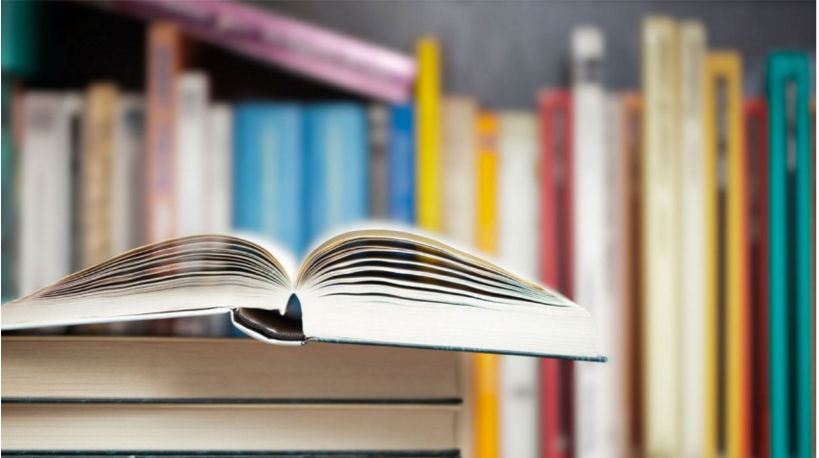
Since the days of the ancient Greeks, written texts have played a crucial role in education. Who doesn’t remember their school textbooks—carrying them home, reading them, and using them to study?
But the days of the textbook may be numbered thanks to open education programs, where educators swap out textbooks with public domain digital resources to teach their students. Today, more and more districts are experimenting with open education as a cost-effective, forward-thinking, tech-savvy way to teach in the 21st century.
The U.S. Department of Education’s open education initiative, #GoOpen, is a joint collaboration with state school districts that helps implement and support open education strategies. These strategies, StateScoop reports, “offer teachers the ability to customize educational content for their students, and develop and maintain a repository solution for openly licensed resources.”
With the help of the #GoOpen initiative, districts and educators use public digital resources whose licenses allow for free use, as well as for sharing with other classrooms and schools. Among the digital tools the Department of Education hopes will play a central role in open education are:
Ultimately, this new model of learning, says Joseph South, director of the Office of Educational Technology, is the cultivation of “an open ecosystem of digital resources.”
So far, 13 states are testing out the #GoOpen initiative: Arizona, Georgia, Indiana, Maryland, Michigan, North Carolina, Oklahoma, Oregon, Rhode Island, Utah, Vermont, Virginia, and Wisconsin.
Here’s how the architecture of the #GoOpen program works.
For-profit and nonprofit entities upload and integrate their educational content to Learning Registry, described as “a digital card catalog of metadata about openly licensed educational resources.” Educators and districts can then access these resources and build their own curriculum and lesson plans.
Who are these entities?
Current #GoOpen platforms include
But there’s also a new big name getting involved in open education: Amazon. The company’s platform, Amazon Inspire, allows users to tap into ratings and reviews to determine the best content for their classes.
Why replace the over $7 billion-a-year textbook industry with digital resources? Democratic in its approach, open education comes with a number of benefits that appeal to administrators, educators, students, and parents.
Of course, where there are pros, there are cons. Open education brings with it specific challenges that require districts to think about and approach education and technology in new ways.
With the strides in online learning made by the #GoOpen initiative, and the increasingly likely potential for textbook-free classrooms in the future, connectivity is essential to student success. School districts looking to join #GoOpen need to make sure students have continued, reliable Internet access. Preparedness, especially when it comes to digital content, is the key.
That’s where Kajeet Education Broadband™ can help. By providing districts with CIPA-compliant, 4G-LTE Internet access outside the classroom (including on school buses), Kajeet can give students continued access to the digital content required for out-of-class assignments and homework.
Not only are students connected with Kajeet, they’re safe. Kajeet’s education-content filters help students dodge unnecessary distractions, cyber abuse, unsafe content and other common pitfalls. So the focus is always on learning.
Open education has arrived. And whether or not it becomes the shiny new face of K-12 education across the nation, one thing’s for sure: Backpacks are about to get a whole lot lighter.
Complement your open education initiative with the Kajeet Education Broadband™ solution so your students have 24/7 access to safe, reliable Internet.


